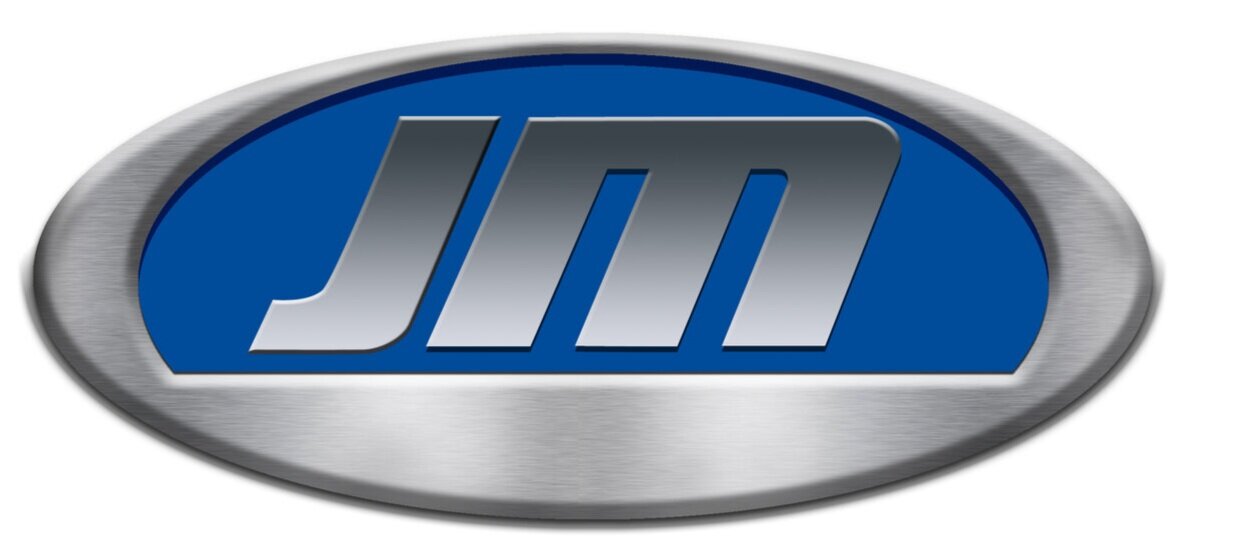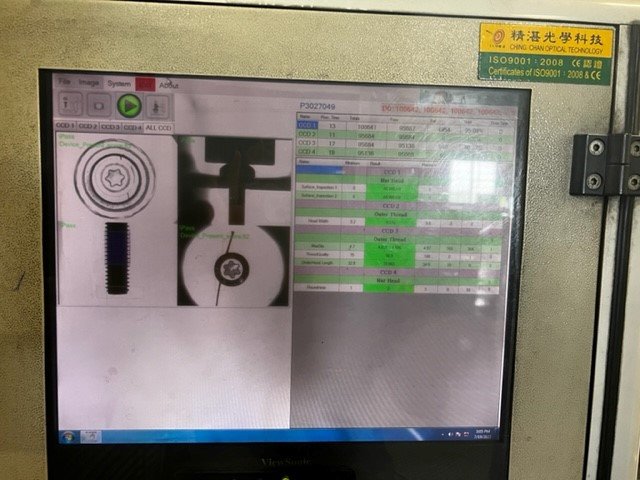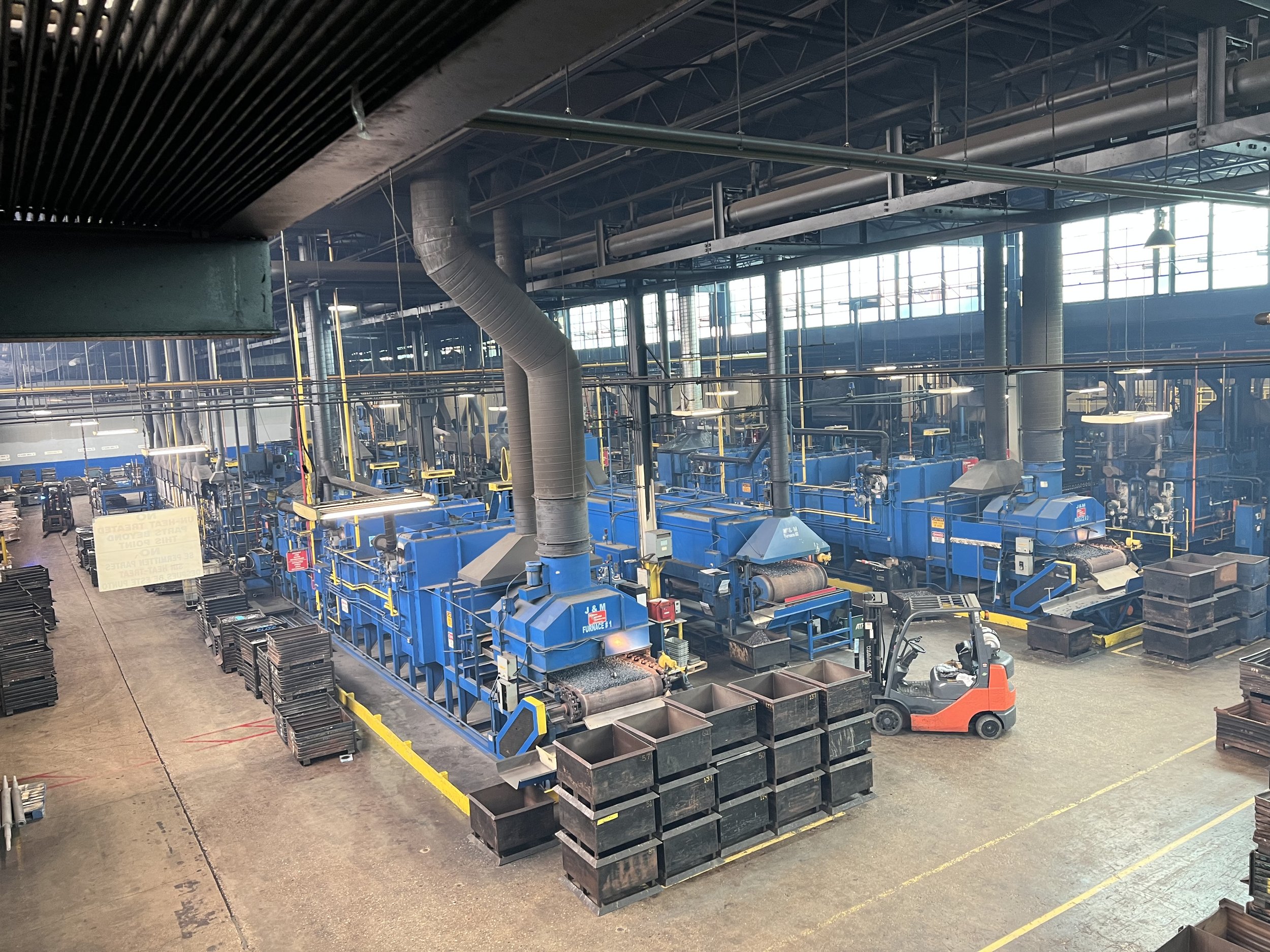Zinc nickel electroplating is a cutting-edge process that offers superior corrosion resistance and durability for metal products. Unlike conventional zinc coatings, zinc nickel combines the best of both metals to create a coating that can withstand harsh environments and demanding applications. In this blog post, we will explore the alloy composition, the electroplating process, and the applications of zinc nickel electroplating, as well as the reasons why manufacturers are increasingly adopting this solution for their metal protection needs.
Alloy Composition and Chemistry
Zinc nickel alloy is a mixture of zinc and nickel in varying proportions. The nickel content can range from 6% to 20%, depending on the desired properties and performance of the coating. The higher the nickel content, the higher the corrosion resistance, hardness, and thermal stability of the coating. However, the higher the nickel content, the more difficult and costly the electroplating process becomes. Therefore, the optimal nickel content is usually between 12% and 15%, which provides a balance between coating quality and process efficiency.
The synergy between zinc and nickel creates a coating that exhibits exceptional corrosion resistance, especially in alkaline and saline environments. Zinc nickel coatings can provide up to 10 times more protection than conventional zinc coatings and can resist up to 1000 hours of salt spray testing. Zinc nickel coatings also offer sacrificial protection, meaning that they corrode preferentially to the base metal, thus preventing the spread of corrosion. Additionally, zinc nickel coatings have good wear resistance, electrical conductivity, and solderability, making them suitable for a variety of applications.
Electroplating Process Unveiled
J&M Plating automated Zinc Nickel Electroplating line
Electroplating is the process of applying a metal coating on another metal by using an electric current. Electroplating can be performed in different types of electrolytic baths, such as acid, alkaline, or neutral. Zinc nickel electroplating is usually done in an alkaline bath, which has several advantages over other types of baths, such as lower toxicity, higher stability, and better throwing power. Throwing power is the ability of the electroplating solution to coat the recessed or hidden areas of the metal object.
The electroplating process involves meticulously controlling factors such as current density, temperature, and bath chemistry. These factors affect the thickness, composition, and quality of the coating, as well as the plating efficiency and cost. The electroplating process typically involves the following steps:
Preparation: The metal object to be electroplated is cleaned and prepared to ensure good adhesion of the zinc-nickel coating. This may include degreasing, pickling, rinsing, and activating the metal surface. The preparation step is crucial for achieving a high-quality and uniform zinc-nickel coating.
Electroplating: The metal object is placed in a zinc-nickel electroplating solution, and an electric current is applied. This causes the zinc and nickel ions in the solution to deposit onto the metal object, forming a thin zinc-nickel coating. The thickness and composition of the zinc-nickel coating can be controlled by adjusting the parameters of the electroplating process, such as the current density, voltage, temperature, and time. The zinc-nickel electroplating solution may also contain additives, such as brighteners, levelers, and inhibitors, to improve the appearance and performance of the zinc-nickel coating.
Post-processing: The metal object is rinsed and dried to remove any residual electroplating solution. The zinc-nickel coating may also undergo further treatments, such as passivation, chromatin, or sealing, to enhance its corrosion resistance and aesthetic properties. The post-processing step can also affect the color, gloss, and hardness of the zinc-nickel coating.
Applications Across Industries
Zinc nickel electroplating is a versatile solution with applications spanning various industries. Some of the common applications of zinc-nickel electroplating are:
Zinc Nickel product staged to review and process
Automotive: Zinc nickel electroplating is used to protect automotive components, such as brake calipers, fasteners, fuel system components, and exhaust components, from corrosion, wear, and high temperatures. Zinc nickel electroplating can also improve the friction and noise properties of the metal parts, as well as reduce the weight and cost of the vehicle.
Electronics: Zinc nickel electroplating is used to protect electronic components, such as circuit boards, connectors, housings, and heat sinks, from corrosion, wear, and high temperatures. Zinc nickel electroplating can also improve the electrical conductivity and solderability of the metal parts, as well as provide a smooth and uniform surface for the attachment of other components.
Aerospace: Zinc nickel electroplating is used to protect aerospace components, such as weapons systems, vehicles, and aircraft, from corrosion, wear, and high temperatures. Zinc nickel electroplating can also improve the strength and fatigue resistance of metal parts and reduce the weight and cost of aerospace equipment.
Construction: Zinc nickel electroplating is used to protect construction materials, such as rebar, guardrails, and fasteners, from corrosion, wear, and high temperatures. Zinc nickel electroplating can also provide a decorative finish to the metal structures, as well as improve their weldability and paintability.
Agriculture: Zinc nickel electroplating is used to protect agricultural machinery and equipment, such as farm machinery, irrigation equipment, and food processing equipment, from corrosion, wear, and high temperatures. Zinc nickel electroplating can also improve the hygiene and safety of food products, as well as reduce the maintenance and replacement costs of agricultural equipment.
Marine: Zinc nickel electroplating is used to protect marine components, such as boat propellers, hardware, and fittings, from corrosion, wear, and high temperatures. Zinc nickel electroplating can also improve the performance and efficiency of marine equipment, as well as reduce the environmental impact of marine activities.
Oil and gas: Zinc nickel electroplating is used to protect oil and gas components, such as drilling equipment, downhole components, and valves, from corrosion, wear, and high temperatures. Zinc nickel electroplating can also improve the reliability and safety of oil and gas operations, as well as reduce the operational and environmental risks of the oil and gas industry.
Did You Know?
Automotive endorsement: Major automotive manufacturers, such as Ford, GM, and Toyota, specify zinc nickel coatings for critical components, recognizing the longevity and performance benefits, especially in challenging conditions, such as salt spray, brake fluid, and high temperatures.
Environmental edge: Zinc nickel is considered environmentally friendly compared to some alternative coatings, such as cadmium and hexavalent chromium, which are toxic and carcinogenic. Zinc nickel electroplating also reduces the use of natural resources and energy, as well as the generation of waste and emissions, contributing to its growing popularity in industries with a focus on sustainability.
The Shift to Zinc Nickel Electroplating
Manufacturers are making a strategic shift to zinc-nickel electroplating for several compelling reasons. The alloy’s enhanced corrosion resistance ensures that components withstand the harshest conditions, extending the lifespan of products and reducing maintenance costs. Additionally, the alloy’s ability to provide sacrificial protection adds another layer of defense against corrosion. Furthermore, the alloy’s improved mechanical and electrical properties enhance the performance and functionality of the products, as well as reduce their weight and cost. Lastly, the alloy’s environmental friendliness meets the regulatory and social demands for greener and safer products, as well as reduces the environmental impact and liability of the manufacturers.
Conclusion
Zinc nickel electroplating is a high-performance solution for metal protection. Its advanced alloy composition, precise electroplating process, and diverse applications make it a powerhouse solution for industries demanding the utmost in performance and longevity. Zinc nickel electroplating also offers other benefits, such as sustainability, electrical conductivity, and food safety. However, zinc-nickel electroplating also faces some challenges and limitations, such as hydrogen embrittlement, process complexity, and coating variability. Therefore, there is a need for continuous research and innovation in zinc nickel electroplating to overcome these issues and to meet the evolving needs and expectations of customers and society.
References
1: Electroplating of Zn-Ni Alloy Coating on Mild Steel and Its Electrochemical Studies | SpringerLink
2: Applied Sciences | Free Full-Text | Progress in Electrodeposition of Zinc and Zinc Nickel Alloys Using Ionic Liquids | HTML
3: Electroplating and Physicochemical Properties of Zinc–Nickel Alloy Coatings | SpringerLink
4: Zinc-Nickel Plating for Fasteners: What to Know | Wilson-Garner
5: Zinc Nickel Plating - Zinc Nickel Electroplating | Gatto Industrial Platers, Inc.
6: Zinc-Nickel (Zn-Ni) Plating: process and advantages
7: Zinc & So2 Nickel Electroplating | ZnNi Plating | AlumiPlate





















